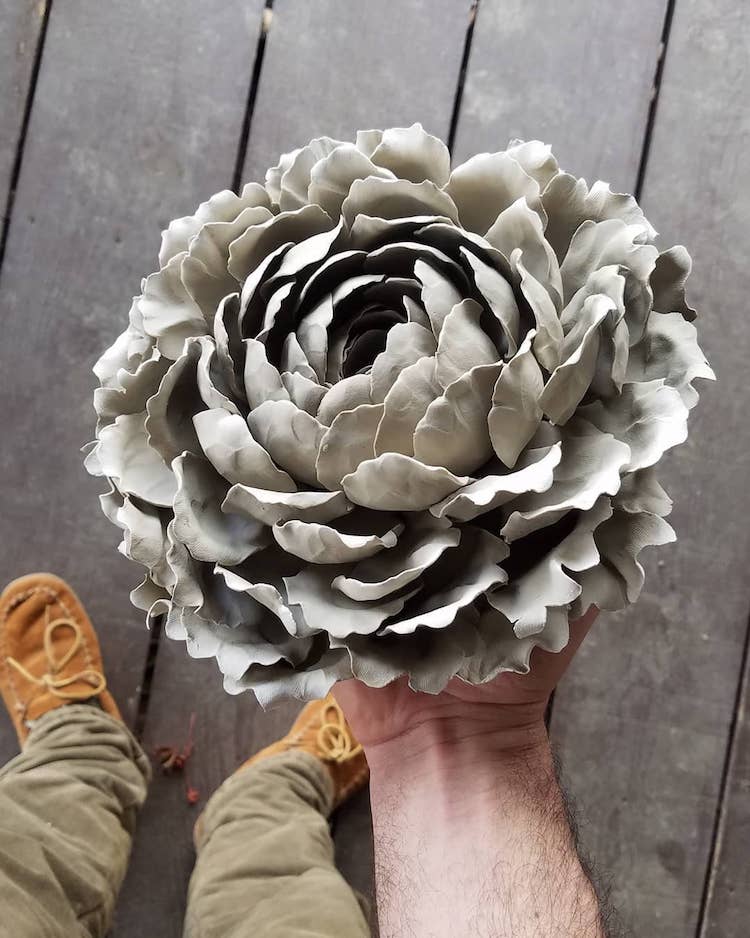Flowers are timeless symbols of beauty and creativity, and clay flowers allow you to capture that elegance permanently. Unlike fresh blooms, clay flowers are durable, customizable, and can be displayed year-round. The best part? You can make them in classic, lifelike styles or take a creative, artistic approach. Whether you’re a beginner or a seasoned crafter, learning how to make clay flowers is both satisfying and fun.This guide will explore classic and creative clay flower techniques, showing how they both work beautifully in home décor, gifts, and artistic projects.🌸 Why Choose Clay Flowers?Clay flowers are popular because they combine artistry and longevity:Everlasting beauty – They don’t wilt or fade.Customizable – Choose any color, shape, or size.Budget-friendly – Clay is inexpensive and easy to work with.Versatile use – Great for home décor, jewelry, wedding arrangements, and more.🌹 Classic Clay FlowersClassic clay flowers aim for lifelike accuracy, mimicking real blooms.1. RosesRoses are a timeless favorite. Layer clay petals, curl edges slightly, and build from the center outward for realistic depth.2. LiliesUse elongated, tapered petals and delicate shaping to replicate their graceful curves. Add subtle paint or pastel chalk for natural shading.3. Daisies and SunflowersSimple petal shapes with a textured center make these flowers easy yet beautiful. They’re ideal for beginners or for creating larger arrangements.Tips for Classic Clay Flowers:Work with soft clay for easier shaping.Use sculpting tools for petal and leaf details.Keep colors true to nature for realistic appeal.🎨 Creative Clay FlowersCreative clay flowers are artistic interpretations rather than exact replicas. They’re perfect for adding a modern, whimsical, or abstract touch.1. Abstract ShapesPlay with asymmetry, oversized petals, or geometric designs.2. Vibrant ColorsDon’t limit yourself to natural colors—bright pinks, purples, metallics, or ombre effects add flair.3. Mixed MediaCombine clay with wire, beads, or fabric for unique textures.4. Sculptural PiecesCreate a statement piece by combining multiple flowers into one bold, artistic arrangement.Tips for Creative Clay Flowers:Experiment with different clays: polymer, air-dry, or oven-bake.Layer colors or textures for depth.Embrace imperfection—quirky shapes often look more artistic.🛠️ Materials NeededPolymer clay or air-dry claySculpting tools (needles, shaping tools, rollers)Wire for stems (optional)Acrylic paints or pastels for coloringVarnish for finishing (optional)🌼 How to Make a Simple Clay FlowerCondition the Clay – Knead until soft and pliable.Shape Petals – Roll into thin pieces and cut or mold into petal shapes.Assemble – Layer petals around a center, twisting or pinching as needed.Add Stem (Optional) – Wrap a wire stem with floral tape and attach petals.Bake or Dry – Follow instructions for polymer clay or let air-dry.Paint & Finish – Add details, shading, or a protective coating.This method can be adapted for both classic and creative designs.💡 Practical Uses for Clay FlowersHome décor – Arrange in vases, shadow boxes, or wreaths.Gifts – Clay flowers are thoughtful, long-lasting presents.Wedding décor – Use in bouquets, centerpieces, or cake toppers.Jewelry – Miniature clay flowers make unique earrings, brooches, or hair accessories.ConclusionWhether you prefer classic clay flowers that capture the elegance of nature or creative designs that highlight imagination, clay flowers offer endless possibilities. They’re versatile, durable, and allow your creativity to flourish.So next time you’re looking for a project, remember: classic or creative, clay flowers work both ways! 🌸✨

